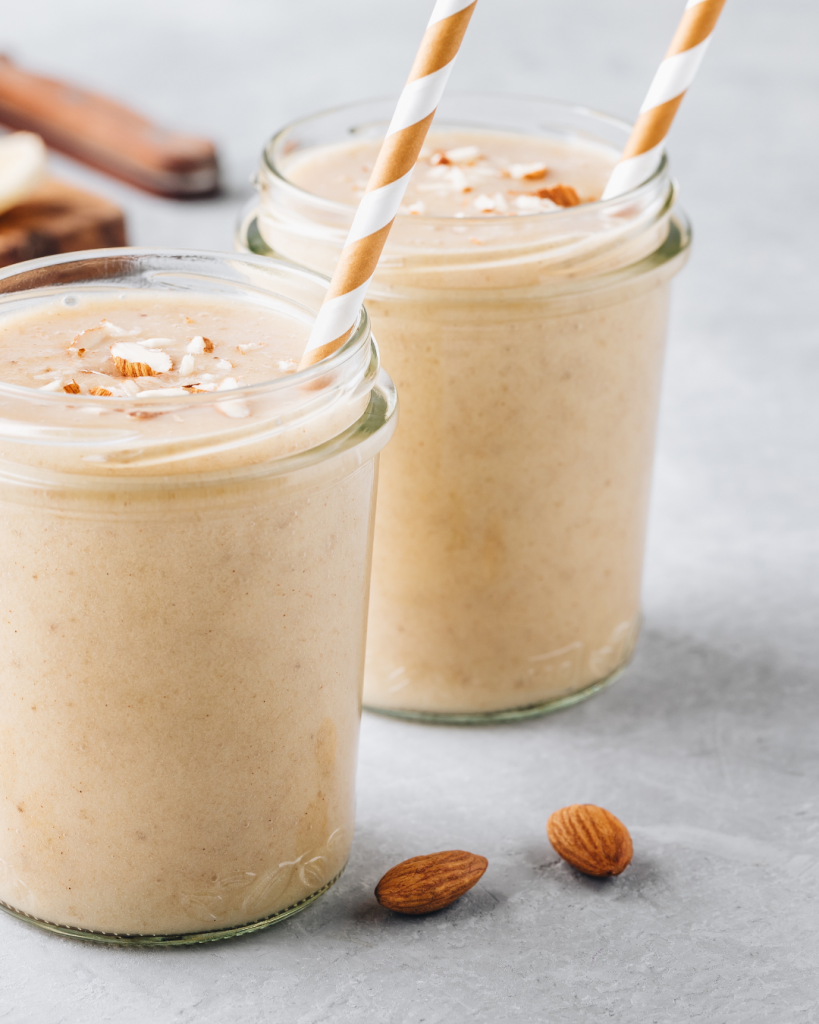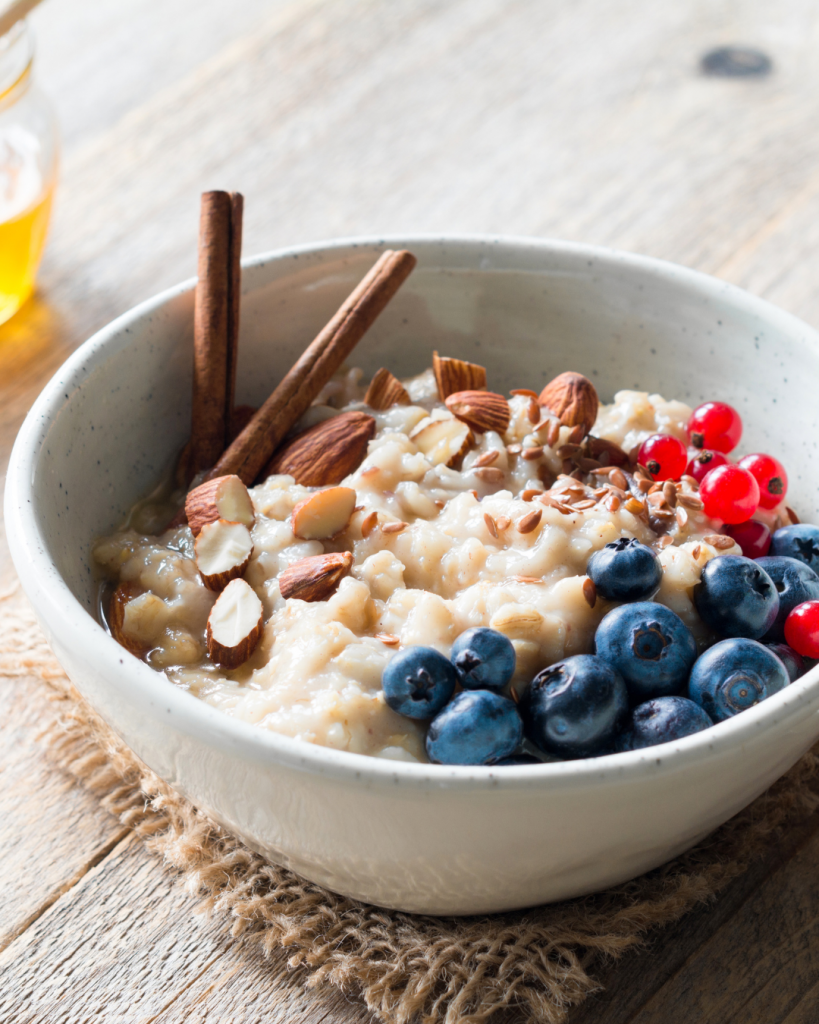Healthy Eating: Back to Basics
Healthy eating isn’t rocket science. It’s more about returning to the principles practiced by our ancestors, outside of times of crisis. What does that mean in practice? Here are some steps we can take today for healthy eating:
Organic and Homegrown

Healthy eating begins with high-quality ingredients. Ideally, our food should come from organic sources and be free of additives. Yes, organic products can be around 30% more expensive on average than conventional ones. However, consider this: Approximately 30% of the food we buy ends up in the trash anyway. So, organic isn’t just beneficial for our health but also for our planet. It’s worth noting, though, that truly ecological food isn’t necessarily found in supermarkets.
Check Ingredients
A golden rule when shopping is to pay attention to the ingredients. If the ingredients list is unclear, littered with numbers, or if the print is too small to read, the product should be placed back on the shelf. Unclear or opaque ingredients are not a good sign for healthy eating.
Avoid Processed Foods
Why avoid processed foods? Well, processed foods often contain a variety of additives, preservatives, and other questionable ingredients that are not beneficial to our health. Fresh, unprocessed foods, on the other hand, provide us with the natural nutrients our bodies need, without the burden of artificial additives.
The Smoothie: A Healthy Solution for Busy People
Getting enough fresh fruits and vegetables into our diets can be challenging. Enter the smoothie:
A smoothie is quick and easy to prepare. All you need is a blender and your favorite ingredients. Blending helps preserve more vitamins and nutrients as the cell walls are broken down. These released nutrients are more readily available in the gut and can therefore be better absorbed. This maximizes the health benefits of our foods.

Getting enough fresh fruits and vegetables into our diets can be challenging. Enter the smoothie:
A smoothie is quick and easy to prepare. All you need is a blender and your favorite ingredients. Blending helps preserve more vitamins and nutrients as the cell walls are broken down. These released nutrients are more readily available in the gut and can therefore be better absorbed. This maximizes the health benefits of our foods.
For a delicious smoothie, I recommend using at least 50% fruit or more (bananas give always an amazin taste!) and filling the rest with vegetables and herbs. Green ingredients provide additional chlorophyll – pure converted solar energy. Add a glass of water and blend for about one and a half minutes for a fresh taste. Additionally, supplements such as zeolite, clay, or similar can be added.

Porridge: A Healthy Breakfast
Porridge is another simple and healthy breakfast option:
Gently sauté apples in coconut oil and then simmer with oats and liquid (water or juice). Enhance your porridge with various nuts, seeds, berries, and seasonal fruits. Porridge is not only delicious but also easily digestible and high in fiber, promoting digestion.
Cooking Made Easy
For those who are not experienced cooks, getting started is quite simple: Begin by purchasing vegetables you enjoy. Clean, peel, and cut them into attractive shapes. Then, sauté them in some coconut oil or sunflower oil and season with salt and pepper. Taste frequently and add more spices and herbs as desired. Cooking pasta, rice, or potatoes can easily be researched on the internet. To start, salt and pepper are sufficient to enjoy the pure taste of the vegetables.


